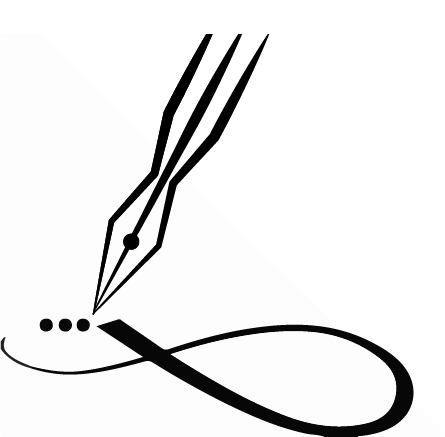Organizational theory consists of many approaches to organizational analysis. Organizations are defined as social units of people that are structured and managed to meet a need, or to pursue collective goals. Theories of organizations include rational system perspective, division of labour, bureaucratic theory, and contingency theory.
In a rational organization system, there are two significant parts: Specificity of Goals and Formalization. The division of labor is the specialization of individual labor roles, associated with increasing output and trade. Modernization theorist Frank Dobbin states “modern institutions are transparently purposive and that we are in the midst of an evolutionary progression towards more efficient forms”. Max Weber’s conception of bureaucracy is characterized by the presence of impersonal positions that are earned and not inherited, rule-governed decision-making, professionalism, chain of command, defined responsibility, and bounded authority. The contingency theory holds that an organization must try to maximize performance by minimizing the effects of varying environmental and internal constraints.
Dwight Waldo noted in a review of field work in 1978: “Organization theory is characterized by vogues, heterogeneity, claims and counterclaims”, and even greater differentiation in theory and practice have developed since then. Organization theory certainly cannot be described as an orderly progression of ideas, or a unified body of knowledge in which each development builds carefully on and extends the one before it. Rather, developments in theory and prescriptions for practice show disagreement about the purposes and uses of a theory of organization, the issues to which it should address itself (such as supervisory style and organizational culture), and the concepts and variables that should enter into such a theory.
